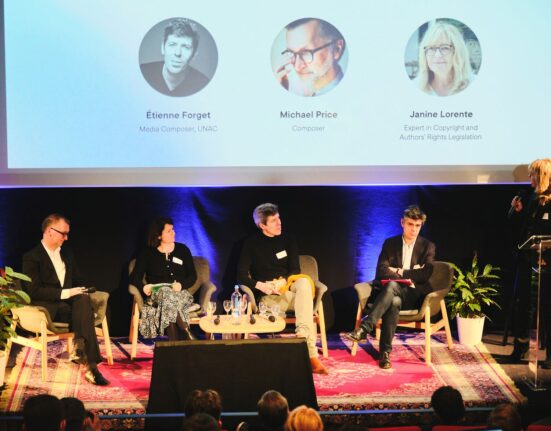Visiting an art museum can be more than just a leisurely activity; it might actually change the way we perceive and think about the world around us. Imagine being surrounded by a sea of colors, intricate designs, and thought-provoking sculptures that transport you to a realm beyond the mundane routines of daily life. This experience was at the heart of a recent study conducted by researchers from the University of Cambridge at Kettle’s Yard gallery in Cambridge.
Dr. Elzė Sigutė Mikalonytė, one of the authors of this groundbreaking study, highlighted how our modern lives, dominated by screens and smartphones, often lead to a loss of abstract cognitive processes. In a world where quick information consumption is prioritized over deep contemplation, engaging with artistic beauty offers a much-needed escape from the mental trappings that confine our thoughts.
The research involved 187 participants who were immersed in a clay exhibition at Kettle’s Yard gallery. The participants were divided into two groups: one group was tasked with evaluating and rating the beauty of each ceramic object, while the other group simply observed the artwork without any judgment.
Exploring Subtle Art for Profound Thoughts
Senior study author Prof Simone Schnall emphasized the importance of using subtle forms of art for this experiment. According to her, grandiose paintings by renowned artists would have been too overpowering and could have skewed the results. By focusing on ceramics that demanded focused contemplation to appreciate their beauty, the researchers aimed to delve into how different levels of engagement with art impacted cognitive processes.
The group assigned to evaluate the beauty of each artwork displayed enhanced abstract thinking compared to those who merely glanced at them. This outcome sheds light on how actively engaging with art can stimulate deeper reflection and shape one’s cognitive abilities positively.
Despite these significant findings, participants did not report feeling happier after analyzing and appreciating art’s beauty. Dr. Mikalonytė explained that this study was designed not to measure emotions but rather to analyze how individuals process information and think critically in response to artistic stimuli.
“We live in an era where mindlessly scrolling through digital content has replaced moments of deep introspection,” Dr. Mikalonytė remarked. “It is during these quiet moments when our minds wander freely that we engage in abstract thinking, broadening our perspectives on various aspects of life.”
In essence, admiring artworks may serve as a catalyst for triggering abstract cognitive processes that are becoming increasingly scarce in today’s fast-paced digital age dominated by constant distractions.
From vibrant paintings evoking powerful emotions to subtle sculptures challenging our perceptions, art museums offer spaces where visitors can transcend their everyday realities and embark on intellectual journeys fueled by creativity and aesthetic appreciation.
By bridging this gap between daily monotony and profound contemplation through artistic encounters, individuals stand to enhance their cognitive flexibility and enrich their inner worlds with newfound perspectives—a testament to art’s enduring ability to inspire thoughtfulness beyond words or numbers.








Leave feedback about this